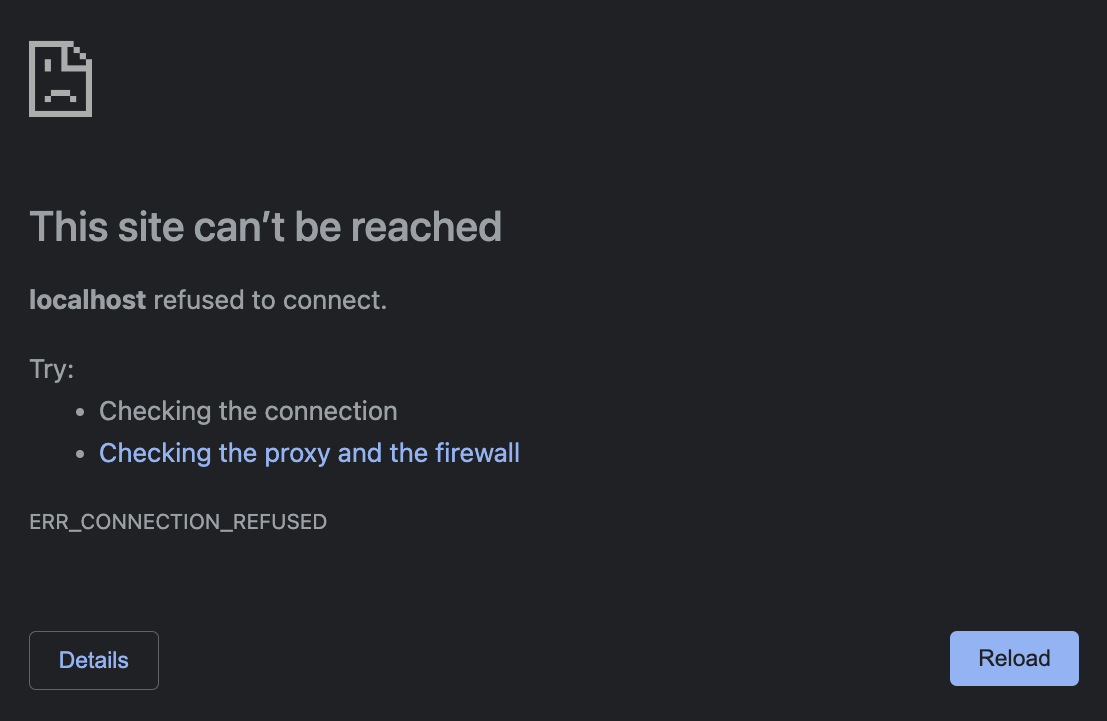Browsers these days either mark sites with a padlock
(
https://) or "not secure" (
http://). This
warns the users that without the protection of "
https://"
your communications could be read or modified by any network your
packets travel over. But how should "
http://localhost"
be marked? That's your own computer so it's secure, but the
connection isn't encrypted so a padlock would be misleading.
It turns out that the browsers have three options for the url bar, not just secure and insecure. Here's what they look like in Firefox:
Chrome:
Safari:
Despite the unusual URL bar treatment, the major browsers do now all treat this configuration as a secure context (spec), which means you can use features that require secure contexts, like crypto, MIDI, or geolocation.










That's not correct: the port is always part of the origin, even on localhost. You can verify this:
And then in two terminals:
If you visit
http://localhost:8081/outer.htmland open the console you'll see:While if you visit
http://localhost:8081/outer.htmlyou'll see "hello world".What's happening with zooming is that saved zoom settings are keyed by
domainnotorigin: it always ignores the port, not just on localhost. See https://bugs.chromium.org/p/chromium/issues/detail?id=33311 and the issues that have been merged into it.That's not what I'm seeing; I see the port included in the URL on error pages both on localhost and not.